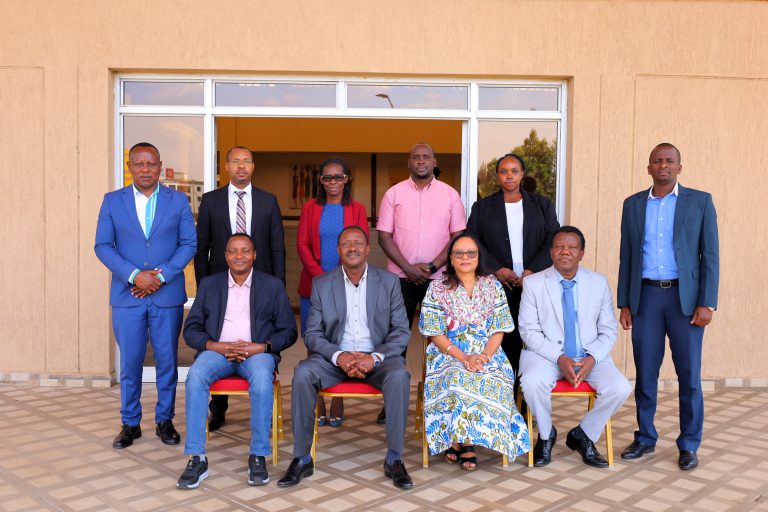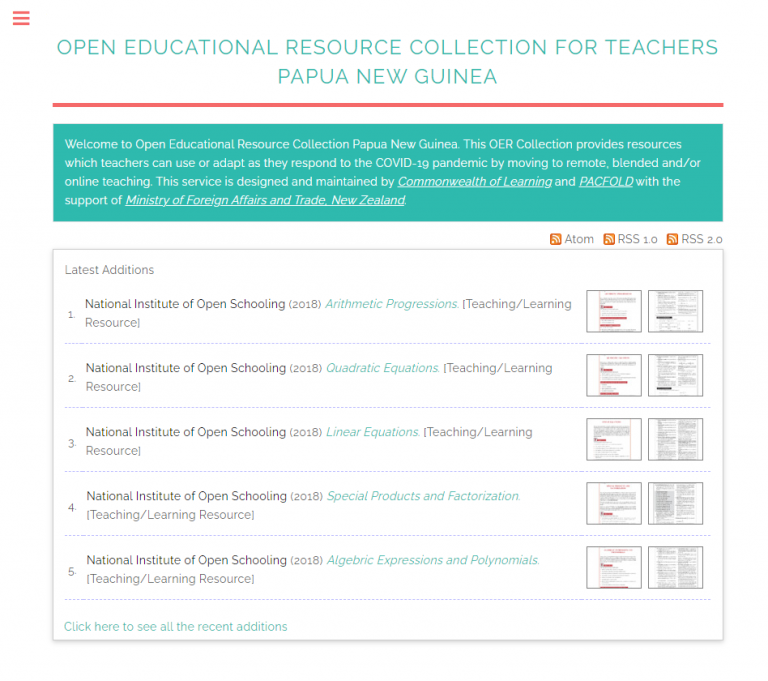papua new guinea
[Image source: Servants of St. Joseph, PNG]
papua new guinea
Papua New Guinea (population: 8,776,109 in 2019) has a primary net enrolment rate of 73.7% (2016)1 and a gross secondary school completion rate of 47.5% (2016)1. The youth unemployment rates (15-24 years old) is 6.7 % (2015)2. Papua New Guinea has four public universities and several private universities: the University of Papua New Guinea offers open and distance education through The Open College, the University of Goroka offers teacher training, the University of Natural Resources and Environment trains people for agriculture and natural resource management, and Papua New Guinea University of Technology is one of several tertiary institutions offering courses in technical and vocational education.
Internet connectivity is available to 11% (2017)3 of the population, and mobile-cellular subscriptions are at 48 per 100 people (2017)3. Infrastructure is available for distance and technology-enabled learning and for expanding access to education and training in Papua New Guinea. The National Department of Education’s National Education Plan 2015–2019: Quality Learning for All aims to develop an eLearning and infrastructure adaptation programme to provide access to learning through the use of technology, and plans to provide teacher training in ICT and eLearning technology. For more information, read COL Country Report: Papua New Guinea 2015-2021.
- UNESCO Institute for Statistics Data Centre, retrieved in June 2021
- ILO. 2017. Improving Labour Market Outcomes in the Pacific: Policy Challenges and Priorities, pp. 40
- International Telecommunication Union (ITU) ICT Eye Country profile, retrieved in March 2020
activities in papua new guinea
- All
- Building Resilience
- Empowering Women
- Lessons & Insights
- TVET
- Teacher Training
- Uncategorized

Connections Spotlights Pacific Impact in Open and Distance Learning
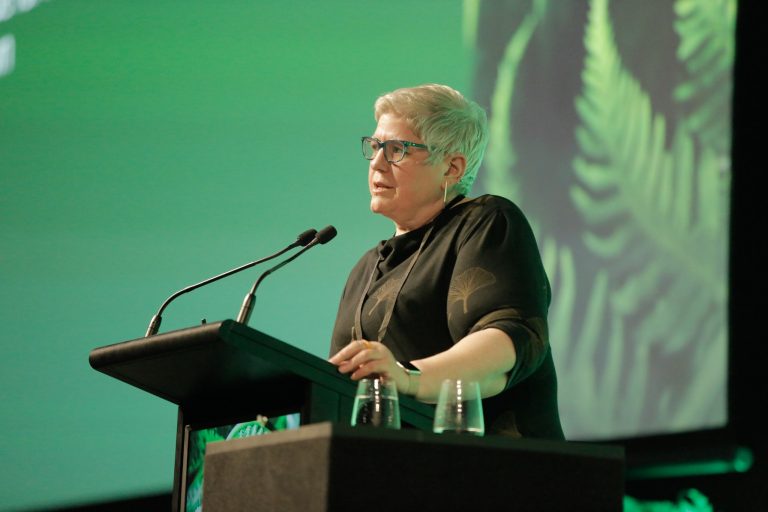
COL at the ICDE World Conference 2025
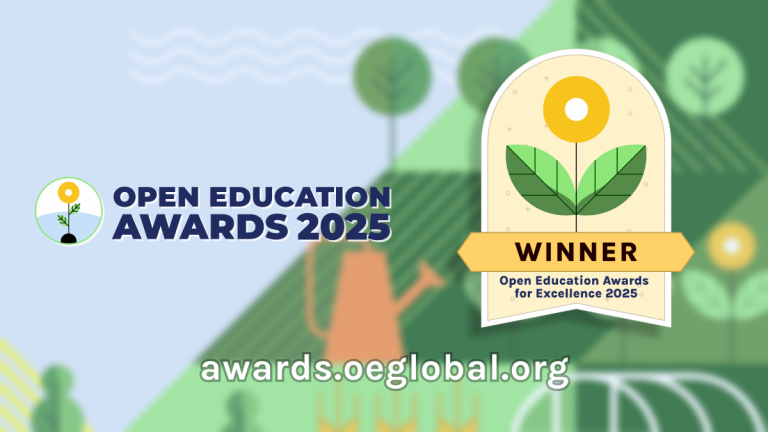
Pacific Open Courses a Winner in OE Global Awards 2025
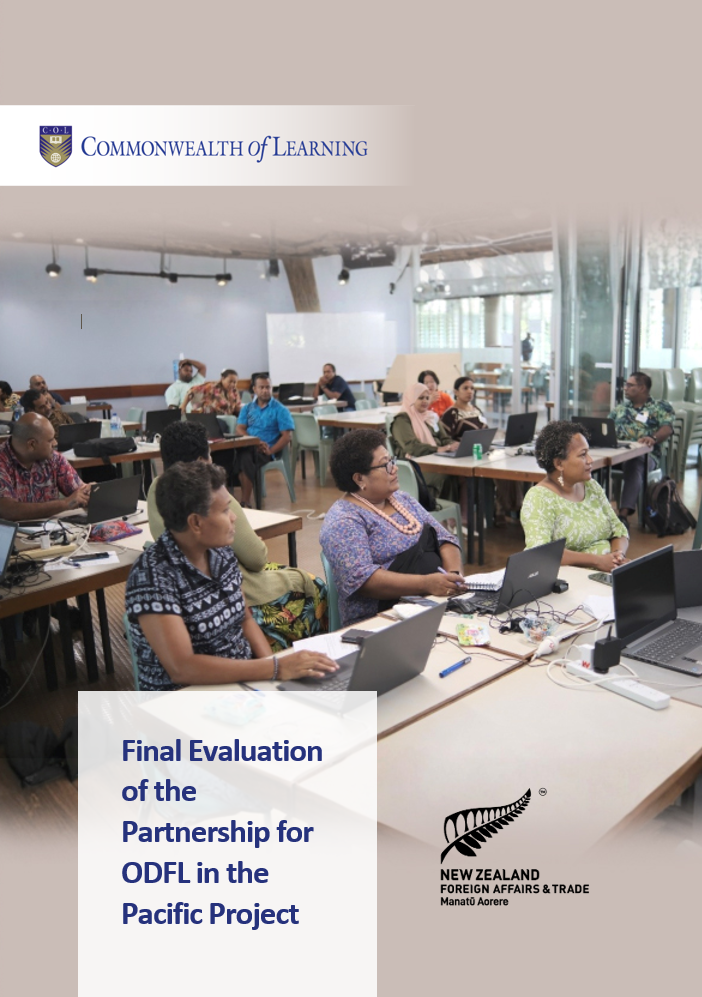
Final Evaluation and Management Response of the Partnership for Open, Distance and Flexible Learning (ODFL) in the Pacific
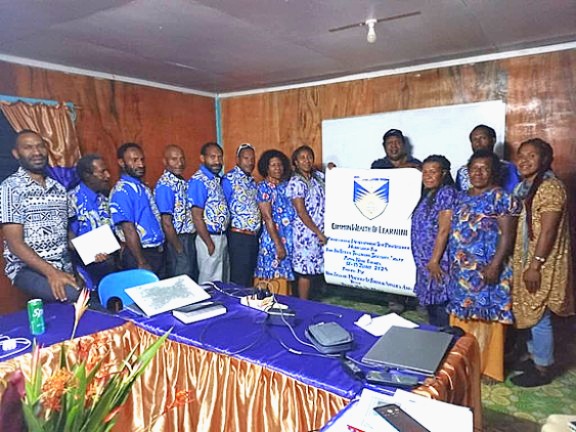
Professional Development for TVET Practitioners at Kingku Hitech Training Institute
